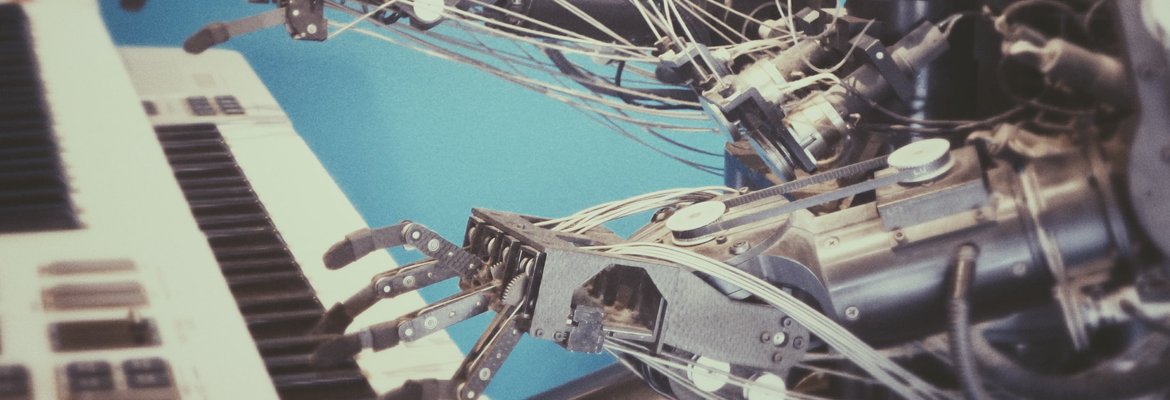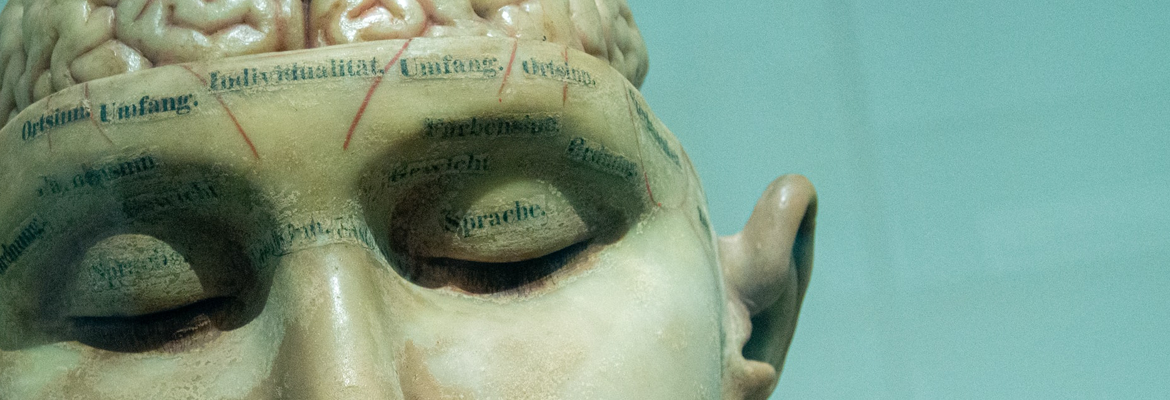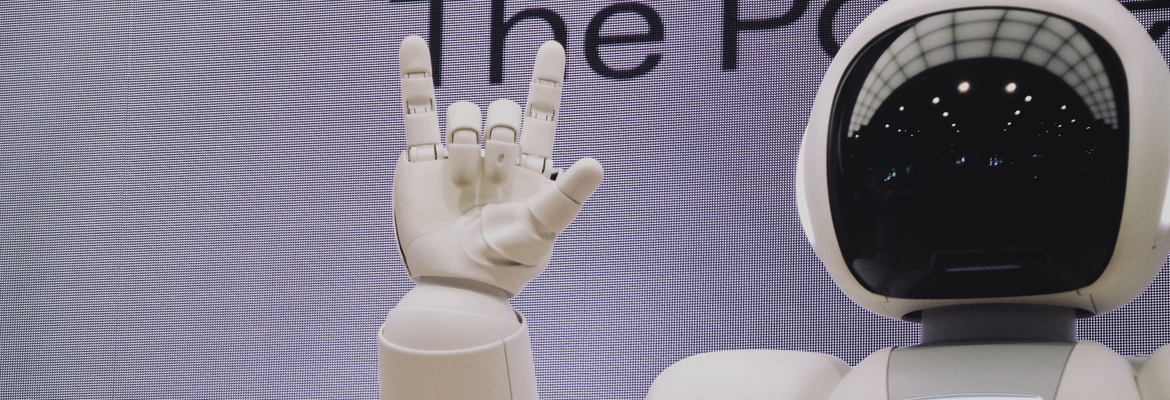We will develop a conceptual model of key components relating to supporting healthy behavior change. The model will provide a top-level representation of the clinical (from the psychological perspective) enablers and barriers that can be exploited for developing fine-grained models supporting the realization of behavior change paths within and across specific domains.
The resulting ontology will form the basis for generating user models (Theory of Mind), developing reasoning and decision-making strategies for managing conflicting values and motives, which can be used in collaborative and persuasive dialogues with the user. Such knowledge is also fundamental for embedding empathic behavior as well as non-verbal behaviors which can be embodied by a virtual character in the role of a coach. Learning methods can be applied to explore trajectories of behavior change. The produced ontology will represent a valuable resource for the healthcare domain thanks to the knowledge included into the provided resource.
Output
1 conference paper containing the description of the ontology and guidelines for its usage
1 ontology artifact
Presentations
Project Partners:
- Fondazione Bruno Kessler (FBK), Mauro Dragoni
- Centre national de la recherche scientifique (CNRS), Jean-Claude Martin
- Umeå University (UMU), Helena Lindgren
Primary Contact: Mauro Dragoni, FBK
Main results of micro project:
This micro-project led to three tangible outputs:
– 1 conference paper presented at the AI4Function workshop of IJCAI titled "An Ontology-Based Coaching Solution for Increasing Self-Awareness of Own Functional Status".
– 1 journal paper currently under revision at the Data Intelligence Journal (MIT Press) titled "Modeling a Functional Status Knowledge Graph
For Personal Health".
– 3 extensions of the HeLiS ontology publicly released and accessible at https://horus-ai.fbk.eu/helis/
Concerning the last point, the work done in this microproject worked as trigger for the creation of a new knowledge graph of functional status.
Contribution to the objectives of HumaneAI-net WPs
The resulting ontology will form the basis for generating user models (Theory of Mind), developing reasoning and decision-making strategies for managing conflicting values and motives, which can be used in collaborative and persuasive dialogues with the user. Such knowledge is also fundamental for embedding empathic behavior as well as corresponding non-verbal behaviors which can be displayed by a virtual character embodying the role of a coach or the dispatching of motivational human-computer interactions over different devices (e.g. mobile phone and smartwatch).
The micro-project relates to WP6 (T6.5 and AI coach for behavior change), WP3 (T3.4 User models and interaction history, and empathy in human-AI systems) and WP5 (explanation of medical advice, conflicting values and moral limits of nudging).
Tangible outputs
- Publication: An Ontology-Based Coaching Solution for Increasing Self-Awareness of Own Functional Status – Mauro Dragoni
http://ceur-ws.org/Vol-2926/paper1.pdf - Dataset: HeLiS extensions – Mauro Dragoni
https://horus-ai.fbk.eu/helis/
Attachments
3.11 The Knowledgeable Coach FBK CNRS UMU pitch-video_Berlin.mkv













